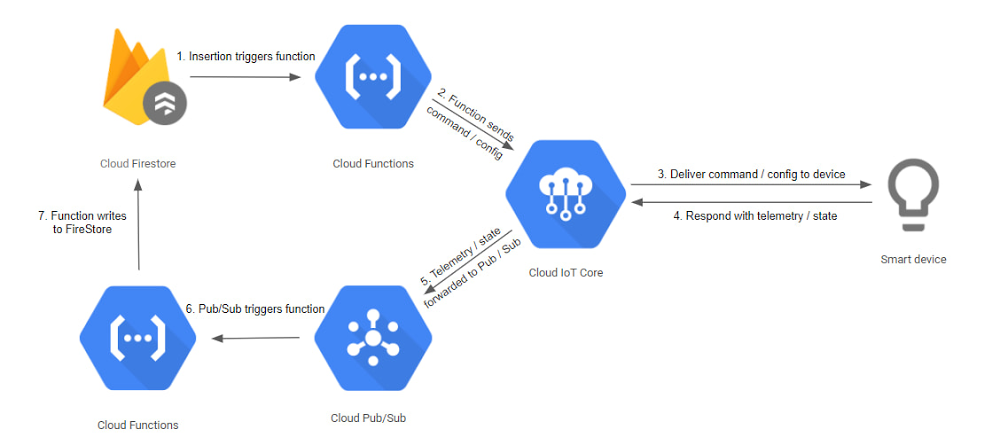Today, more than ever, consumers expect personalization, innovation and information protection from their connected products and services. According to industry analysts, this trend will continue, and the number of connected devices will likely exceed 21.5B in 2025.1To successfully execute a connected products strategy, IoT manufacturers must choose a partner that can scale with their business and provide the innovation and privacy that consumers expect. Signify, the creators of the highly successful Philips Hue line of smart light bulbs, selected Google Cloud as their preferred partner of choice to deliver a seamless digital experience, making it easier than ever for Hue owners to enjoy smart lighting’s full potential.Signify chose Google Cloud to power their smart lighting solution for our ability to manage millions of connected devices as well as offer true scalability, flexibility, and security.Signify performed an extensive evaluation of our technologies for connected devices and intelligent products, with a focus on Cloud IoT Core. Here’s how Signify approached the evaluation:Large fleet simulation using virtual devicesLive field test and validation with the entire installed base of Hue BridgesThe goal of the large fleet simulation with virtual devices was to prove that our Cloud IoT Core could meet scalability and performance expectations now and in the future. This simulation effectively stress tested Cloud IoT Core by connecting as many simulated devices as the actual number of Hue Bridges managed by Signify, and then by performing typical messaging operations.Benchmark architecture diagramTests were initiated via insertion of benchmarking parameters into Cloud Firestore which in turn triggered communication to devices through IoT Core via Cloud Functions. Responses from devices were routed back through Cloud Pub/Sub and recorded back in Firestore via Cloud Functions. The data stored in Firestore allowed the team to analyze the success of the benchmark.Once the simulation was complete and validated the scalability of Google Cloud Platform, Signify initiated the real-world test. To ensure there would not be any interruption in service for Hue Bridge owners, Signify deployed Cloud IoT Core as a second connection path, leaving the functioning legacy connection and backend infrastructure in place while separating the connection to Google Cloud. This allowed for safe validation of Cloud IoT Core, in a real world context, with direct comparison to the existing legacy infrastructure.The dual path real-world test included dozens of unique benchmarks, without any reported issues over many weeks. This result proved that Cloud IoT Core and the associated architecture would support Signify and their customers’ expectations for performance and reliability.Signify has noted that Cloud IoT Core met and exceeded their performance expectations, with low latency and high scalability. This level of performance enables Signify to confidently scale their business, today and beyond. If you would like to learn more about IoT Core, please get in touch with us or visit our product page1. Internet of Things (IoT) active device connections installed base worldwide from 2015 to 2025, StatistaRelated ArticleIntroducing the Cloud IoT Device SDK: a new way for embedded IoT devices to connect to Google Cloud IoT CoreThe Cloud IoT Device SDK provides flexible libraries for your embedded devices to connect to Cloud IoT Core.Read Article
Quelle: Google Cloud Platform

Published by